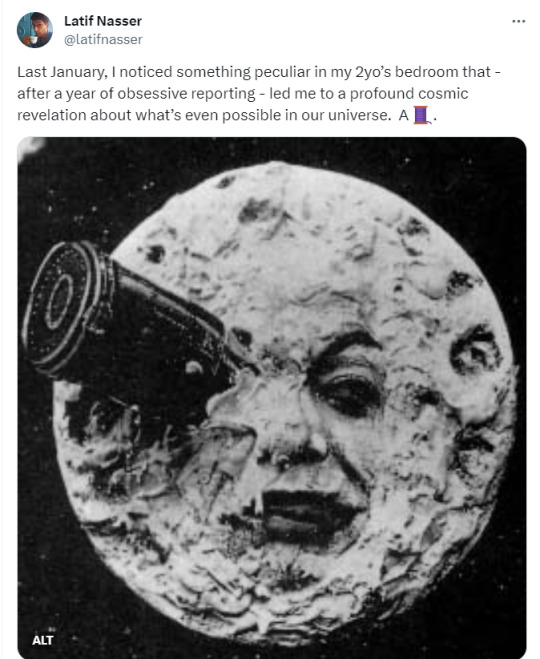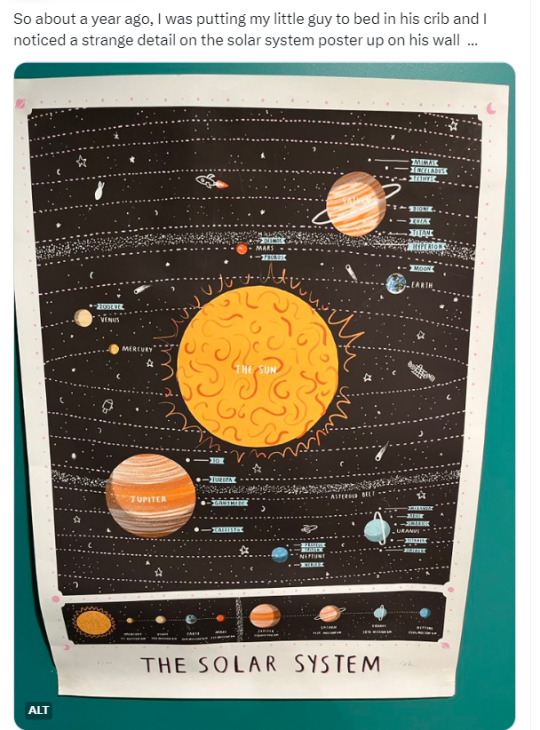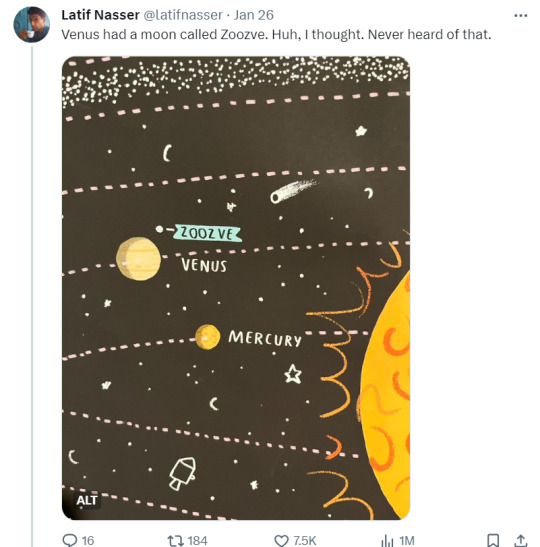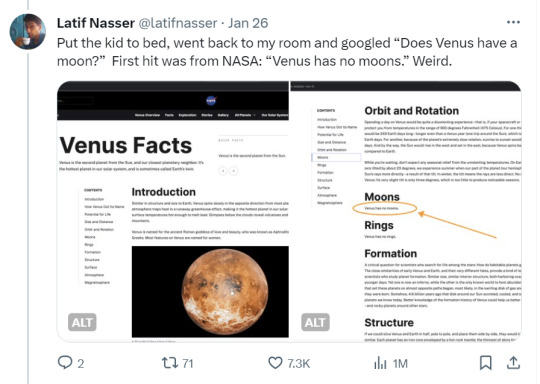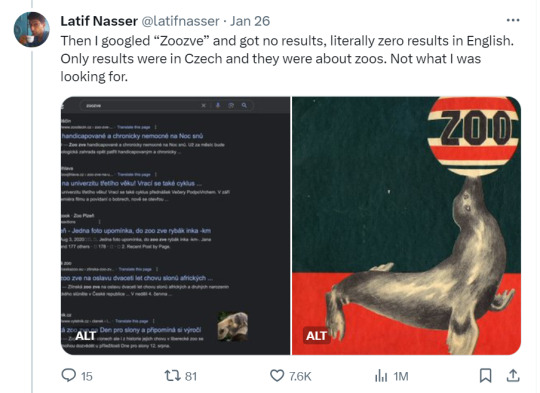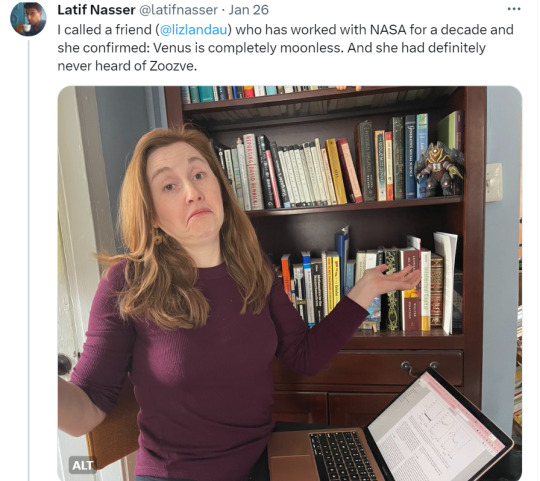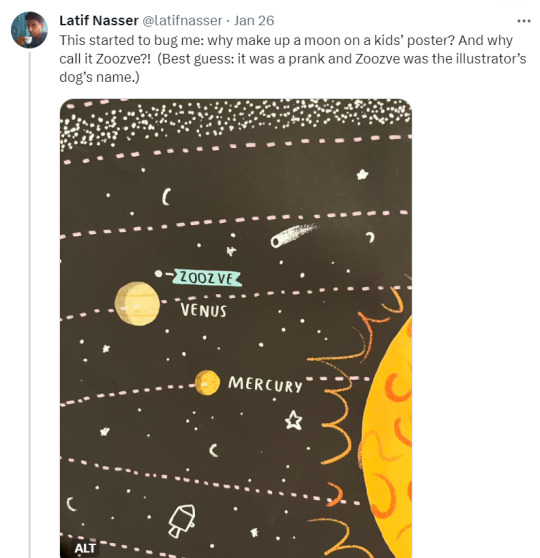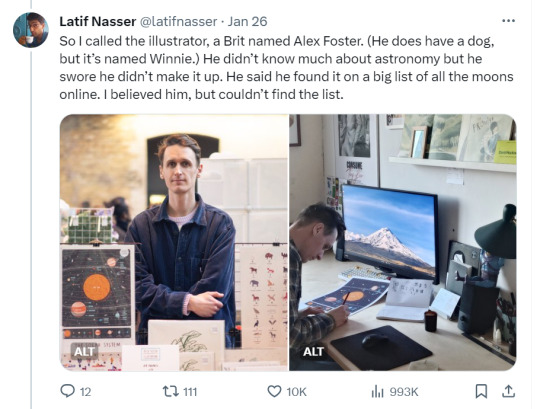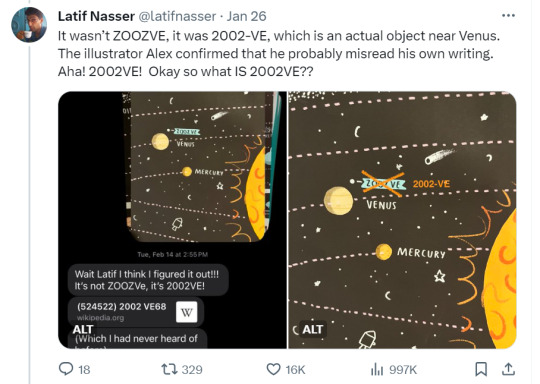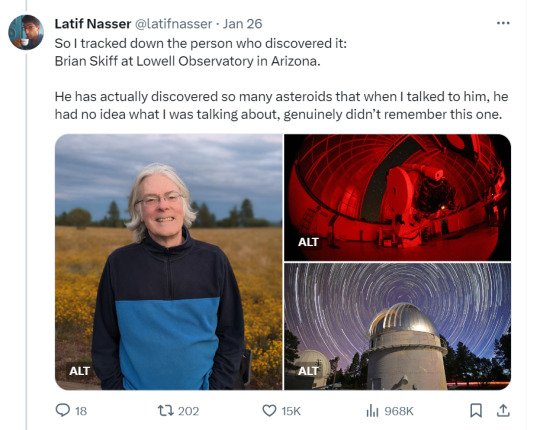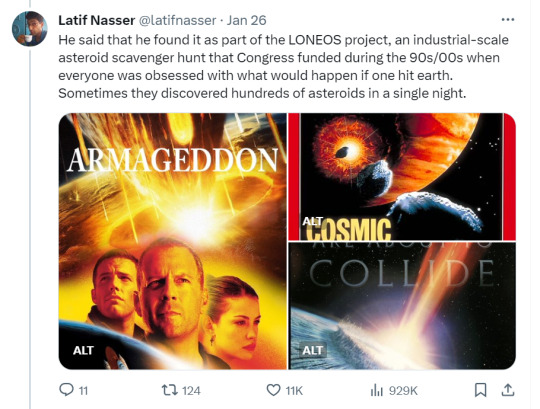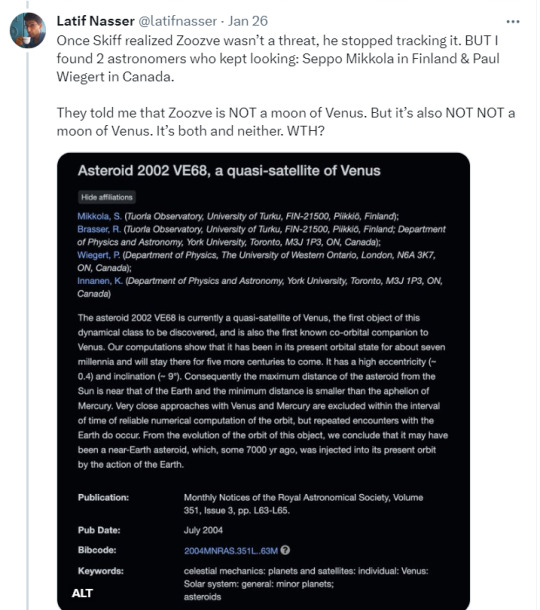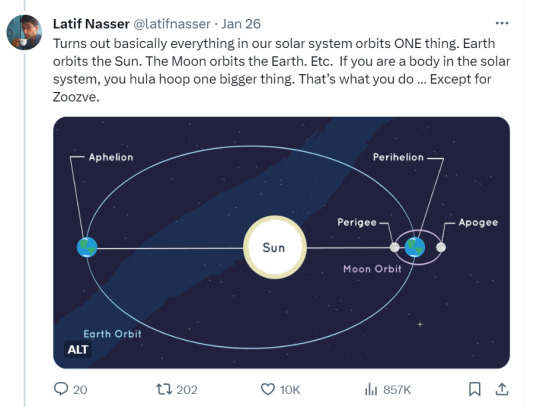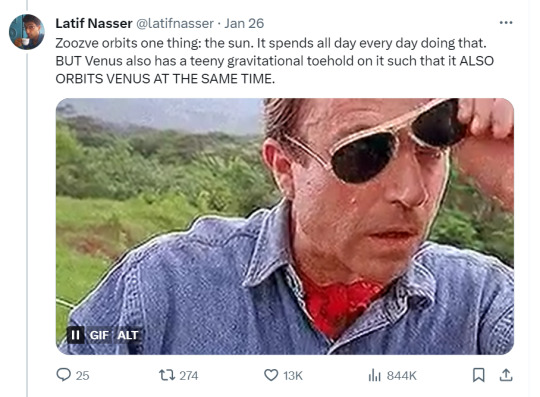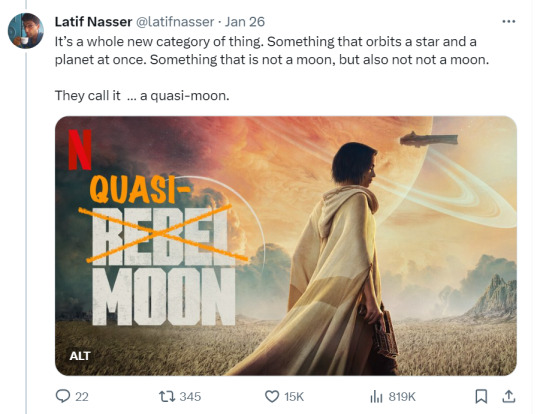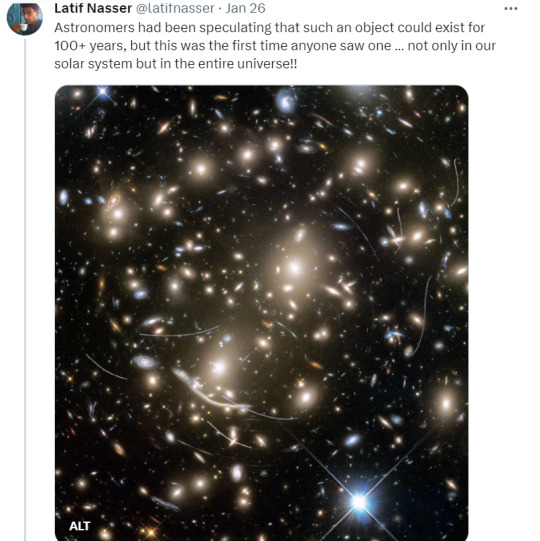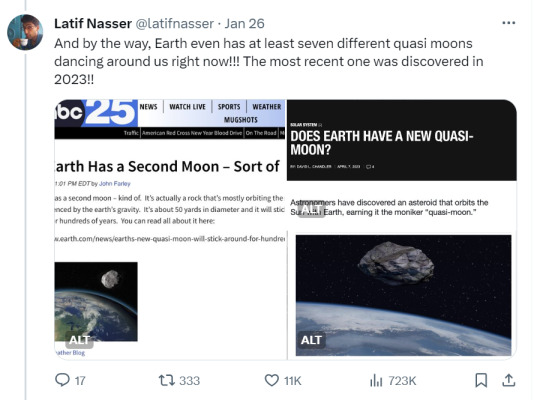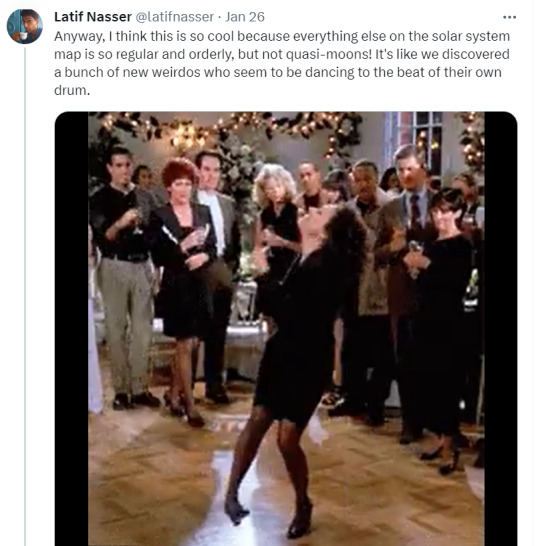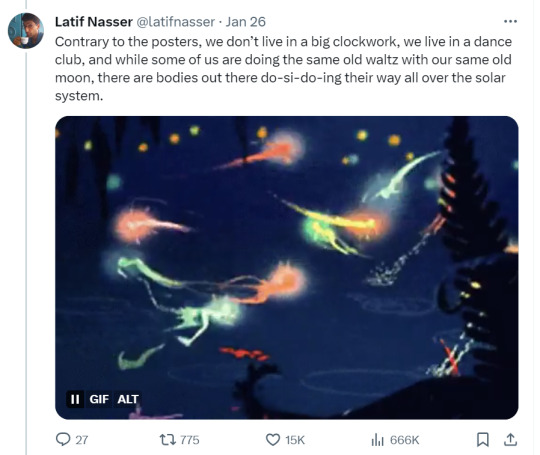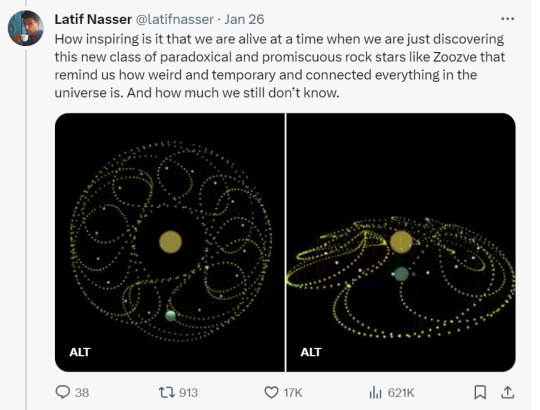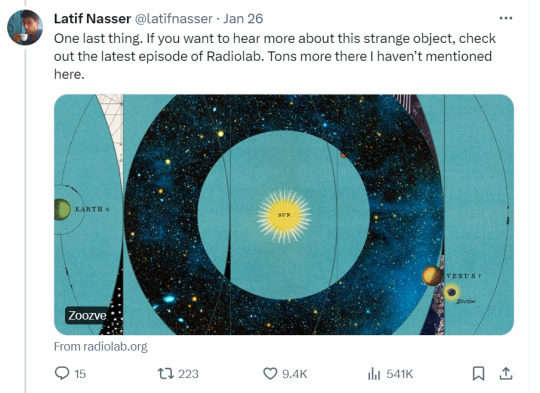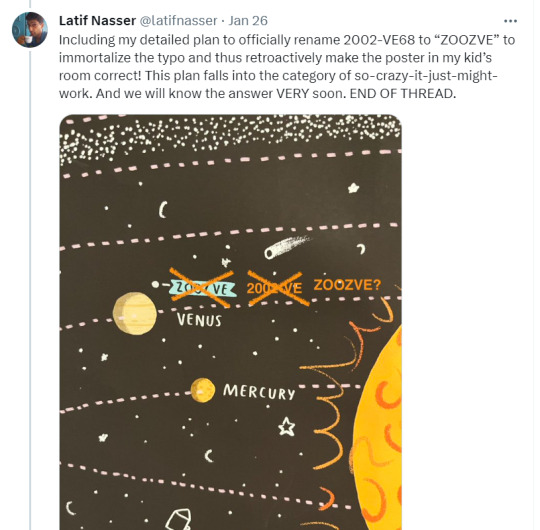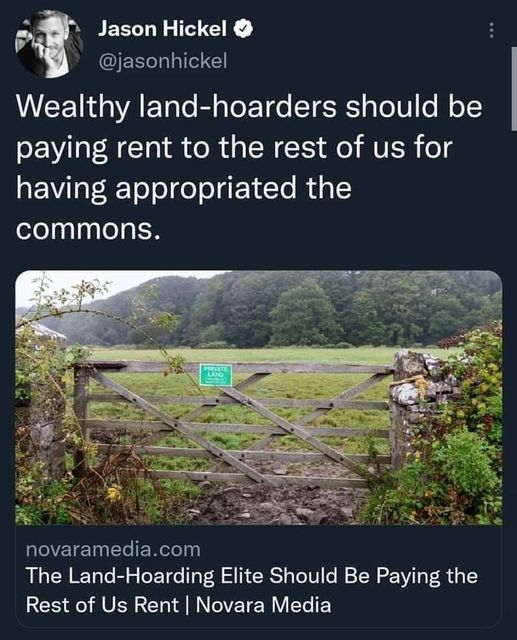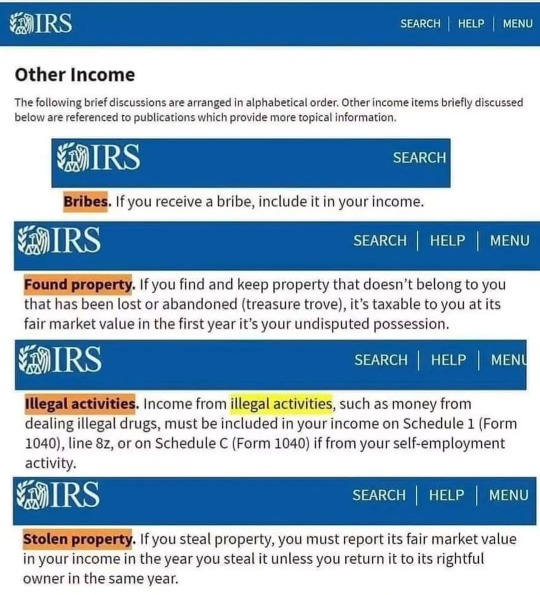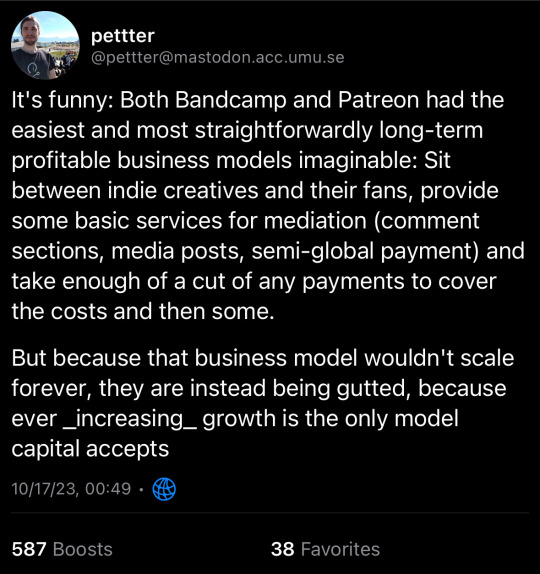Don't wanna be here? Send us removal request.
Text
Hopepunk Primer pt. 2

Philosophy of Hopepunk
I cannot express this better than other people have done before me. So I'll start with an interview Kayti Burt had with several hopepunk authors in 2019.
"What is hopepunk? It depends on who you ask…
Rowland, quoting her essay “One Atom of Justice, One Molecule of Mercy, and the Empire of Unsheathed Knives,” says: “Hopepunk is a subgenre and a philosophy that ‘says kindness and softness don’t equal weakness, and that, in this world of brutal cynicism and nihilism, being kind is a political act. An act of rebellion.’”
To understand hopepunk as a concept it helps to understand what it stands in contrast to. Grimdark is a fantasy subgenre characterized by bleak settings in which humanity is fundamentally cutthroat, and where no individual or community can stop the world’s inevitable decline. Hopepunk, in contrast, believes that the very act of trying has meaning, that fighting for positive change in and of itself has worth—especially if we do it together." [4]
When Alexandra Rowland was asked on Tumblr to expand on the initial statement she made she elaborated:
"Hopepunk says that genuinely and sincerely caring about something, anything, requires bravery and strength. Hopepunk isn’t ever about submission or acceptance: It’s about standing up and fighting for what you believe in. It’s about standing up for other people. It’s about DEMANDING a better, kinder world, and truly believing that we can get there if we care about each other as hard as we possibly can, with every drop of power in our little hearts." [5]
I also love the definition of the Tumblr blog @hopepunk-humanity:
"What is Hopepunk?
Wild laughter from ragged throats
Flowers growing choked from crumbling asphalt
A warm bed after a long, hard journey
Your partner’s hand cupped in your own
Bright graffiti on cracked tunnel walls
The chains falling loose to the stone floor
A glint of silver beneath a century of tarnish
A long rain after a blistering wildfire
Just one more step, and then another
A single candle flame joining the stars against the night
A loved ones voice calling your name after hours lost in an unfamiliar place
A hand taking yours, just when you’d given up on reaching out
Smiling, laughing again, when you thought you’d forgotten how
Knowing, despite everything, that humans are inherently good
It’s not simply blind optimism, or naivety. It’s choice. It’s taking the human race by the hand and saying, “I will love you, because I am you”. It’s facing a world dripping with cynicism and fashionable hopelessness and saying, “no, I will not give in”. It’s putting kindness out into the world, knowing you might not get it back, knowing you may be scorned for it, knowing it might not change anything, but with a certainty that kindness is what the world needs the most.
It is choosing hope" [6]
Hopepunk is choosing hope in a world where they want us to have none. It's choosing humanity when they want us to forget we are human. It's choosing community when they would benefit of us staying individuals. It's choosing action and hope when they want us struck down and paralyzed.
Alexandra Rowland emphasizes to not forget the second part of the word: Punk. In another interview with Kayti Burt for Den of Geek she says: "it’s important to remember that punk is the operative half of the word – punk in the sense of anti-authoritarianism and punching back against oppression." and "The instinct is to make it only about softness and kindness, because those are what we’re most hungry for. We all want to be treated gently. But sometimes the kindest thing you can do for someone is to stand up to a bully on their behalf, and that takes guts and rage." [7]
What is Hopepunk to me?
That spark that is both love and spite that keeps me going. It's seeing the good in humanity, while also acknowledging the harm. It's refusing to lay down and die, refusing the accept the status quo, refusing to believe that this is it. It's believing in a better world. In kindness. In the inherent sense of community in humanity. It's believing in the power of stories. It's seeing kindness and hope as an act of Sacred Rebellion. And spreading that kindness and hope is a Vow that I have taken. It's taken the anger I have against corporations, injustice, bigotry, capitalism, oppression, and letting it fuel the fire within me in a constructive way. It's working to dismantle systems that are oppressive to work towards a more inclusive world. It's pruning the garden of dead weight so new things can grow. Late stage capitalism wants us all to be docile, to work, not to live. So I will shout my small joys from the rooftops. I will create for the sake of creating. I will practice radical acceptance so that I stand strong above the masses of ads that wants me to hate myself. I will choose to see the good so that I can believe change is possible. Hopepunk a fire that says "Rage. Rage against those who deserve it. Stand up for those who do not and show them a better world is possible."
[4] Den of Geek - Are you afraid of the darkness: a hopepunk explainer [5] Alexandra Rowland tumblr post [6] Hopepunk-humanity - what is hopepunk [7] Den of Geek - a hopepunk guide: interview with Alexandra Rowland

Part 1: Intro and history Part 2: Philosophy of Hopepunk Part 3: How to practice hopepunk and further reading Part 4: Extra! Hopepunk and magic
434 notes
·
View notes
Text
Golf Courses ARE Being Converted
The Solarpunk "fantasy" that so many of us tout as a dream vision, converting golf courses into ecological wonderlands, is being implemented across the USA according to this NYT article!
The article covers courses in Michigan, Pennsylvania, California, Colorado, and New York that are being bought and turned into habitat and hiking trails.

The article goes more into detail about how sand traps are being turned into sand boxes for kids, endangered local species are being planted, rocks for owl habitat are being installed, and that as these courses become wilder, they are creating more areas for biodiversity to thrive.
Most of the courses in transition are being bought by Local Land Trusts. Apparently the supply of golf courses in the USA is way over the demand, and many have been shut down since the early 2000s. While many are bought up and paved over, land Trusts have been able to buy several and turn them into what the communities want: public areas for people and wildlife. It does make a point to say that not every hold course location lends itself well to habitat for animals (but that doesn't mean it wouldn't make great housing!)
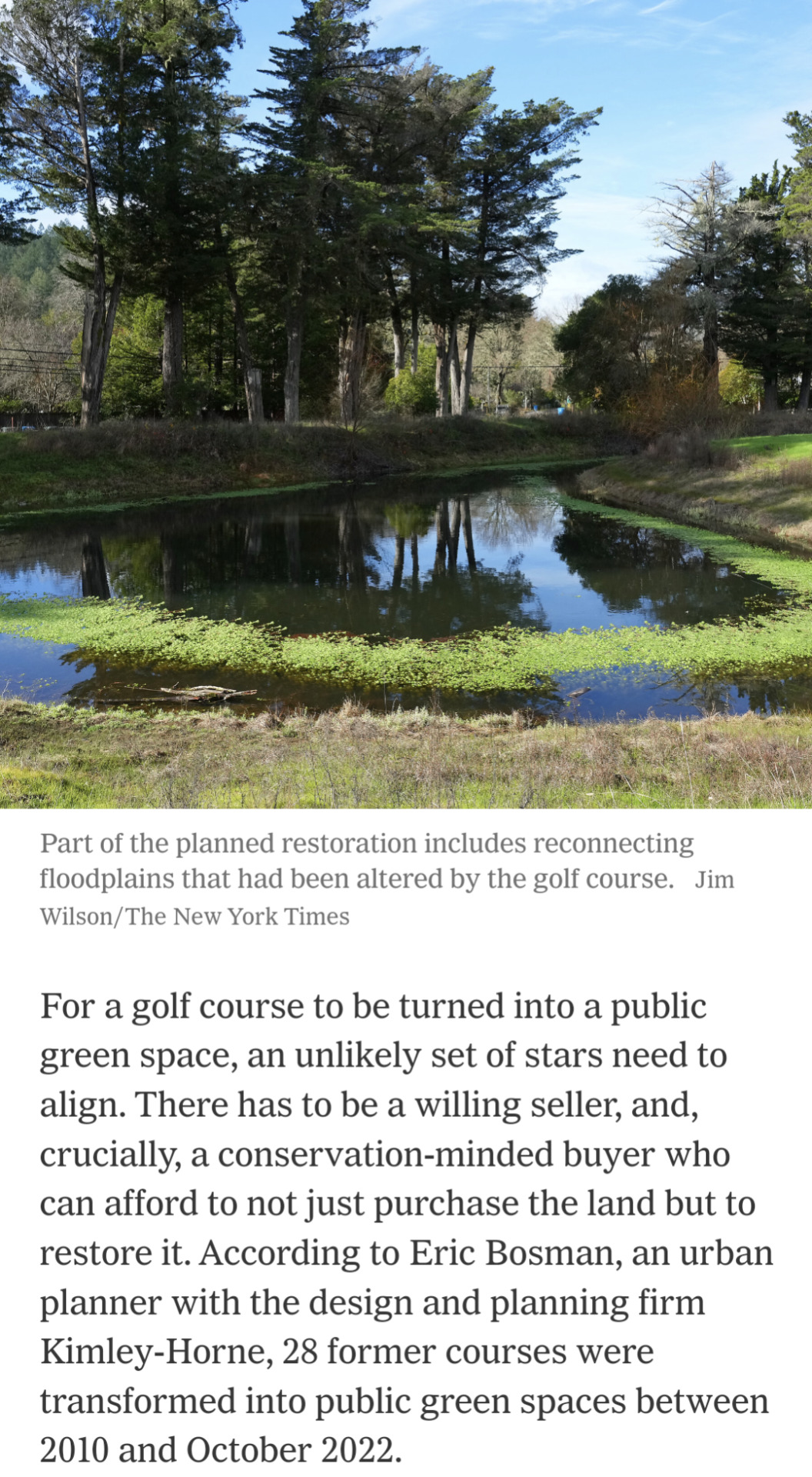
So lets be excited by the fact that people we don't even know about are working on the solutions we love to see! Turning a private space that needs thousands of gallons of water and fertilizer into an ecologically oriented public space is the future I want to see! I can say when I used to work in water conservation, we were getting a lot of clients that were golf courses that were interested in cutting their resource input, and they ended up planting a lot of natives! So even the golf courses that still operate could be making an effort.
So what I'd encourage you to do is see if there's any land or community trusts in your area, and see if you can get involved! Maybe even look into how to start one in your community! Through land trusts it's not always golf course conversions, but community gardens, solar fields, disaster adaptation, or low cost housing! (Here's a link to the first locator I found, but that doesn't mean if something isn't on here it doesn't exist in your area, do some digging!)
21K notes
·
View notes
Text
Money-saving sustainability tips
Implementing small sustainability lifestyle changes can save you money while the changes also help the planet, making them a double win. Here are a few ideas to get you started. If you look at your daily activities, I’m sure you will find a lot more.
Shop the “last chance” section in the grocery store. These are reduced-price items that are nearing their use-by date but are still good. Buying them saves you money and keeps the wasted food out of the landfill. Don’t buy more than you can eat and have a plan for using leftovers.
In summer, set the thermostat one or two (or more) degrees higher. In winter, set the thermostat one or two (or more) degrees lower. These changes save energy, which always saves money.
Use it up, wear it out, or repurpose it.
On hot summer days, keep the window shades or curtains closed on the sunny side of the house to help keep the heat out. In winter, close window shades at night and on the shady side of the house to help keep heat inside. Keeping the window shades open on the sunny side of the house in winter lets the solar energy help warm the house.
Unplug electronics and chargers when not in use. Even while turned off, many electronic items draw small amounts of power.
Electric clothes dryers use an average of 6 percent of a household’s energy. Air dry clothing or hang it outside to dry when possible. I frequently dry clothing on low heat for just a few minutes to remove the wrinkles and start the drying process before I air dry the clothes. When you do use the clothes dryer, it takes less energy to dry a load for a longer time at a low temperature than it does to dry a load at a high temperature for a shorter period of time.
102 notes
·
View notes
Text
310 notes
·
View notes
Text
I miss the days when, no matter how slow your internet was, if you paused any video and let it buffer long enough, you could watch it uninterrupted
323K notes
·
View notes
Text
Yes it’s very important for solidarity with workers but, and maybe this is an unpopular opinion, workers should have solidarity with poor customers. Like ignore shoplifting, be sensitive when ppl are using EBT cards, that kinda thing.
122K notes
·
View notes
Text
"ooh you hate cops but who are you gonna call when you get robbed?" uhhhhh your moms house? a great tragedy has befallen me and i need to have sex immediately
119K notes
·
View notes
Text
On the Sioux Valley Dakota Nation west of Brandon, Man., schoolchildren are throwing pumpkins into a bison pen, a ceremony and sign of respect to an animal that has deep spiritual significance for Indigenous culture and identity. Community leaders are also educating a new generation about how the bison, known in these parts as buffalo, has important implications for the future of the Prairies – rehabilitating natural grasslands and conserving water in a time of climate change. "The significance of the buffalo goes back hundreds of years. These animals have saved our lives," said Anthony Tacan, a band councillor whose family is the keeper of this herd. "They provided food and weapons out of the bones, tools, the hides for clothing, the teepees. It did everything for us. So going forward, we decided it's our turn to give back. It's our turn to look after them."
Continue Reading
2K notes
·
View notes



